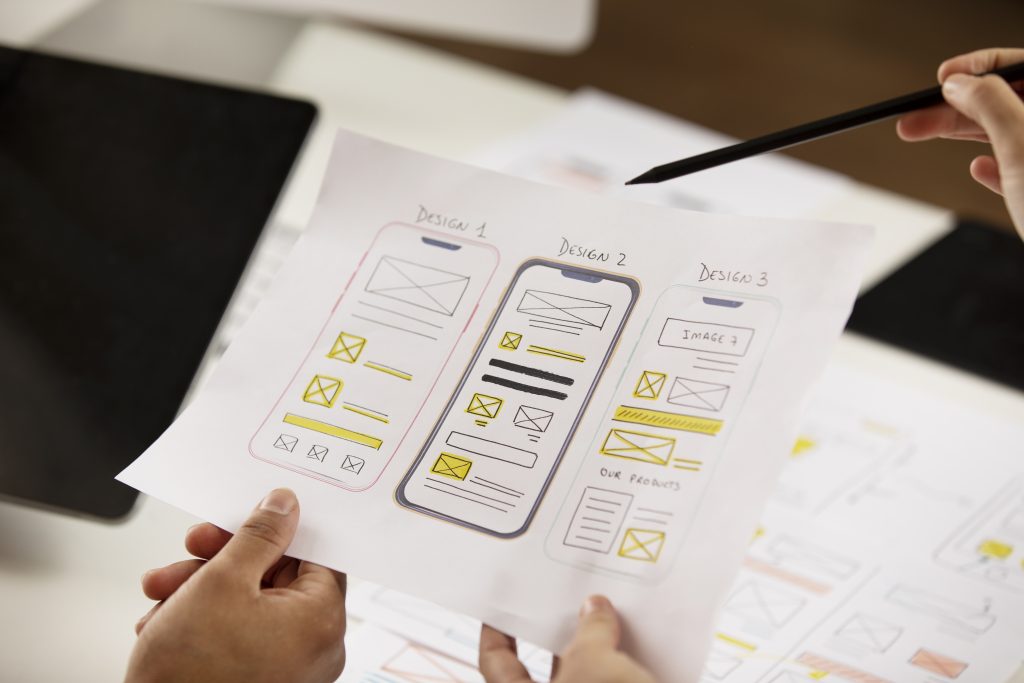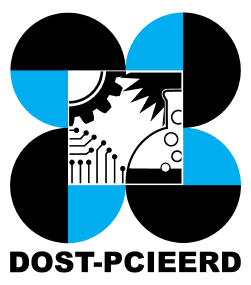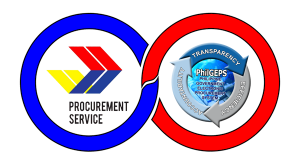Though they are abstract, ideas are crucial to the invention of novel offerings. A good or service is created through a series of procedures. When experts come up with a new product idea, creating a working model first can assist them in figuring out how the product may operate. One of the most crucial steps in turning your concept into a working product is learning how to build a prototype. And today, we’ll be discussing how you can build your own prototype in the Philippines.

What is a Prototyping in the Philippines?
A prototype is a concept or version of a product that is typically made on a bigger scale before it is manufactured in order to test and assess its functionality and design. Ultimately conserving money as well as time, it enables design professionals and startup owners to find and fix any problems or defects in the goods prior to them being put into production.
Why begin Prototyping in business?
A product can be tested, improved, and refined through prototyping before it is placed in the hands of consumers. It assists in refining new ideas, identifying possible issues, and testing the manufacturing procedures required to produce the finished product. When done correctly, prototyping is a really powerful tool for launching a business.
Prototyping in the Philippines
Product Development
Within the design timetable, a prototype is a simple means of experimenting and expressing various concepts.
Determining Flaws in Functionality
Users’ reactions to prototypes will be organic and as near to real-life situations as feasible because they feel and look like the finished product. This way, you may examine how well your product or service performs.
Update Stakeholders
When working in a startup, it’s vital to update your stakeholders on the progress of your business.
Proof of Concept (PoC), Minimum Viable Product (MVP), and Prototyping in the Philippines
The simplest and least expensive prototype you can make for your product is a proof of concept (PoC). Determining the technological viability of the item’s proposition is its primary goal. It can be a graphic, a film, a pitch, or a preliminary introduction of functionality.
A minimum viable product (MVP) is a significant advancement over a proof of concept (PoC) because it is an early prototype with a limited feature set intended to gauge user acceptance. They’re frequently made available to the public for testing and comment.
A prototype is in its center; unlike an MVP, it is mostly focused on architecture and characteristics, but it is still far more functional and thorough than a proof of concept.
Different Types of Prototyping in the Philippines
- Webpage
- Video
- Animation
- Schematics
- Operational Models
- Software Wireframes
Digital Prototyping in the Philippines
A prototype doesn’t always need to be a tangible thing. A basic website with a “coming soon” notice, a rendering of the product, and a form asking potential customers to provide their contact information via email can serve as a prototype for a digital company or program.
Traditional Prototyping in the Philippines
Prototypes, including 3D representations, can be made with low-cost components for startup companies. Computer-aided design (CAD) software allows you to model items, which may subsequently be printed using a 3D printer.
Approaches to Digital Prototyping in the Philippines
Evolutionary Prototyping
The foundation of this prototype technique is the concept of creating a working prototype, sharing user feedback, and iteratively developing the system until a workable solution is achieved.
Throw-away Prototyping
This kind of strategy lowers aggregate expenses while extending the criteria development step. The prototype’s primary purpose is to make the needs more clear and give managers more data to evaluate process risks. Based on the evaluation, this working version is not adopted for additional system construction.
Incremental Prototyping
Incremental prototyping, which is frequently used for large corporate goods, entails disassembling an item into multiple portions and creating samples for each one separately.
Before becoming a cohesive prototype, each individual model is evaluated and improved upon independently. You must create a style blueprint ahead of time to ensure that various components complement one another in terms of style and appearance.
Extreme Prototyping
Three stages make up extreme prototyping, which is primarily utilized in digital development.

Steps of Digital Prototyping in the Philippines
Requirements Gathering
This step is separated into nonfunctional (system performance) and functional (product features) standards. Typically, a prototype is constructed based on functional requirements that are gathered via a variety of methods.
Design
In this step, wireframes and mockups—the most basic form of a prototype—are produced.
Prototype Development
A functional prototype is built based on the criteria that have been obtained and the basic wireframe sketches. A high-fidelity prototype, which resembles the finished item the most, allows for evaluation of the interface and how users respond to the product’s aesthetics.
Testing
Presenting a prototype to investors and consumers for input comes next, regardless of whether you choose to create simple wireframes or a finished product.
Product Implementation
The team in charge of engineering receives the confirmed prototype, and so begins the protracted and intricate task of refinement. As part of the lean development process, suitability will be evaluated on the actual operational output by means of frequent testing and iterations of each aspect of the overall system.
When should you start prototyping?
Although creating a prototype should ideally begin as soon as feasible, it might often take some time. As soon as you are aware of the materials, techniques, and technical specifications, you should begin developing your prototype in addition to developing the actual good idea.
How to create a successful prototype?
Establish a strict deadline for the prototype’s completion and keep in mind that it won’t be a flawless, finished product. Keep things straightforward and use the prototype as a chance to obtain valuable knowledge.

Creating a prototype may give you precise, understandable responses to their inquiries. External parties may use these facts to decide whether to support you or invest in your finished product. Making a tangible model of the design of a good that an expert can test is the procedure of constructing a prototype. One of the most crucial steps in turning your concept into a working product is learning how to build a working version.









